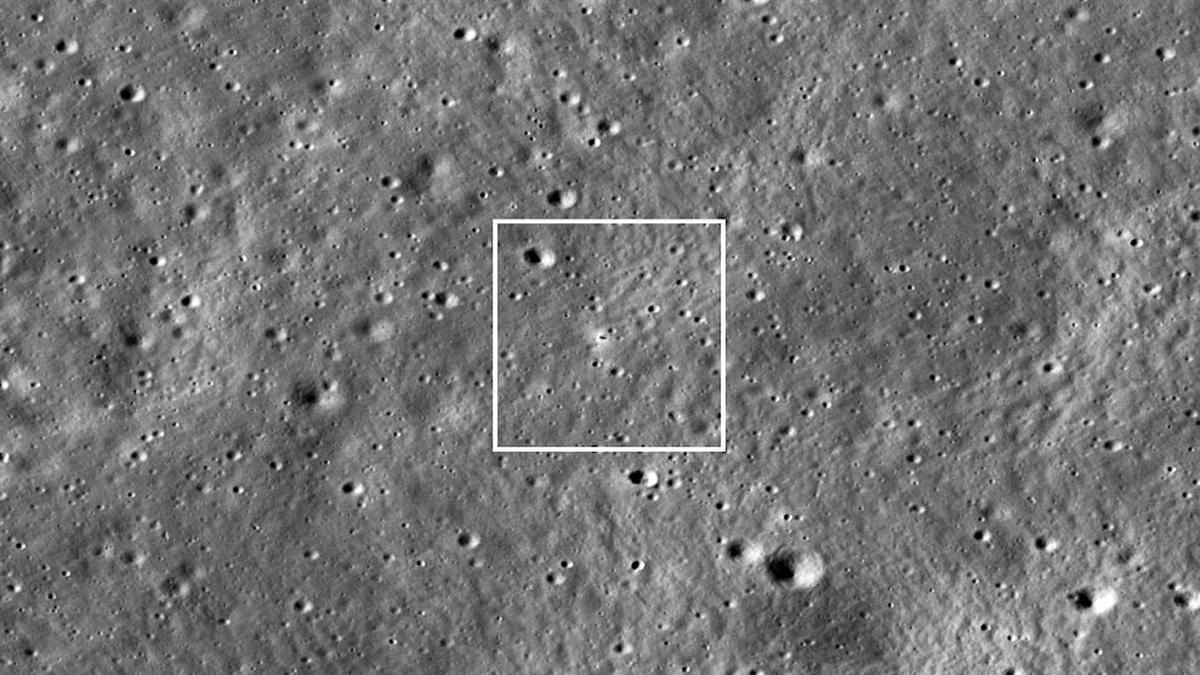
Chandrayaan-1 data suggests electrons from Earth forming water on Moon
The Hindu
Chandrayaan-1 mission found high energy electrons from Earth may form water on Moon. UH team discovered electrons aid weathering processes on lunar surface. This may explain origin of water ice in shaded regions.
Scientists analysing the remote sensing data from India's Chandrayaan-1 lunar mission have found that high energy electrons from the Earth may be forming water on the Moon.
The team led by researchers from the University of Hawai'i (UH) at Manoa in the US discovered that these electrons in Earth's plasma sheet are contributing to weathering processes -- breaking down or dissolving of rocks and minerals -- on the Moon's surface.
The research, published in the journal Nature Astronomy, found that the electrons may have aided the formation of water on the lunar body.
Knowing the concentrations and distributions of water on the Moon is critical to understanding its formation and evolution, and to providing water resources for future human exploration, the researchers said.
The new finding may also help explain the origin of the water ice previously discovered in the permanently shaded regions of the Moon, they said.
Chandrayaan-1 played a crucial role in the discovery of water molecules on the Moon. The mission, launched in 2008, was the first Indian lunar probe under the Chandrayaan programme.
Solar wind, which is composed of high energy particles such as protons, bombards the lunar surface and is thought to be one of the primary ways in which water has been formed on the Moon.





















 Run 3 Space | Play Space Running Game
Run 3 Space | Play Space Running Game Traffic Jam 3D | Online Racing Game
Traffic Jam 3D | Online Racing Game Duck Hunt | Play Old Classic Game
Duck Hunt | Play Old Classic Game











